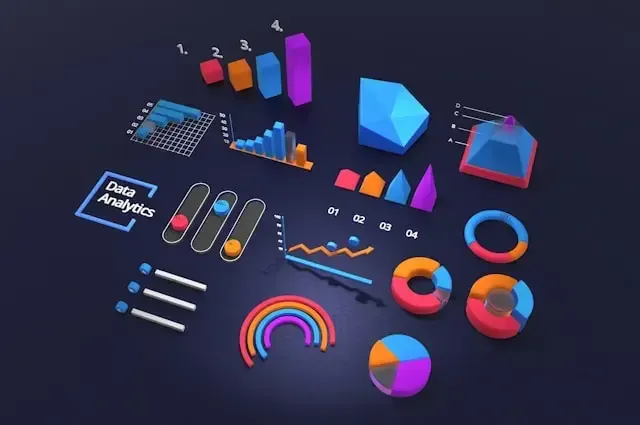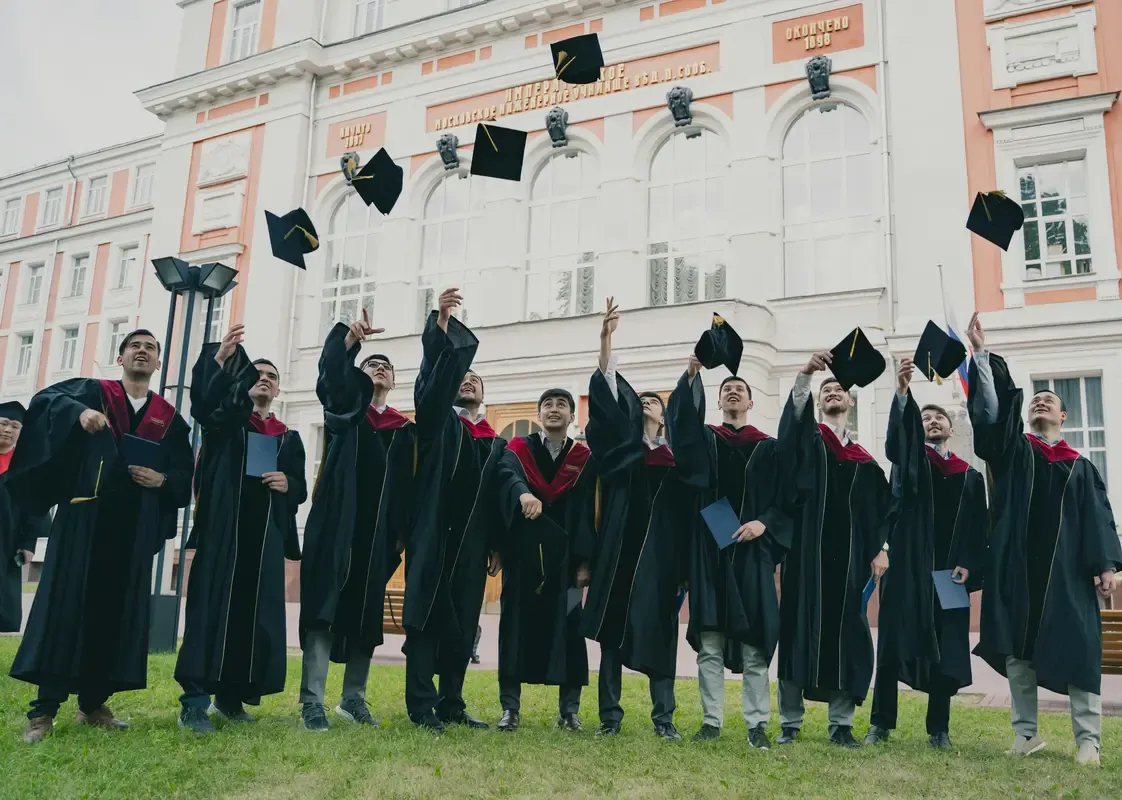Discover the transformative power of mindfulness in "Finding Joy in the Journey: The Beauty of Living in the Present." This insightful article delves into practical strategies, real-life examples, and the profound benefits of embracing the present moment, guiding readers toward a richer, more fulfilling life free from distraction and stress.
Introduction
Mindfulness, or as like living in the present, is a notion that looks so easy but is as powerful as it gets. It is about living in present and living every moment to the optimum without letting the continuous thinking process to drag one into the past or future. Living in a society that want us to be future oriented or be thinking of the past, taking time to enjoy the present can be looked at as radical. But it’s this very rebellion that let us drink status to fullest, transforming commonplace into the extraordinary.
The importance of the ‘here and now,’ cannot be overemphasized. This way, the communication that is being established is richer, as we participate more actively in the environment that we find ourselves in, our feelings, and interactions with other people. Continued in this article is how mere living of the present hails a more affluent as well as joyful existence. Supposing one can distinguish between hunger, the mere act of putting food in the mouth, and a proper meal taken with enjoyment – that is the difference between having a life and merely being alive. In this we will seek to find beauty not in getting to the destination, but in the process, in the here and now, not the there and then.
1. Understanding the Distractions of Modern Life
Distractions are now rife in the society with today’s advancement in technology being a leading cause. Technology, with the help of fancy gadgets like smartphones, social networks, and ‘‘smart’’ devices that vibrate and flash at the slightest provocation, steals moments from our lives, and seconds turn into minutes, minutes into hours in the cyber-world. Social media like many devices we use today has become a master at time travel; transporting us to areas that are not here, and eras that are not today. This constant flow of information increasingly interferes with people’s ability to ground themselves in the present environment and, arguably, themselves.
Still, one’s mind is not the only thing that may take one away from the distinctive task; the technology is also to blame for it. We engage in such processes as ruminating on a certain situation or event that has already occurred, or, on the other hand, obsessing about a certain event which has not happened yet, thus keeping our minds out of the present moment. This has a negative impact on result in stress, anxiety and dissatisfaction as it make one ignore even great opportunities in life since you are always thinking of the past or the future and not the present. It’s as though it appears that while we exist in the present, we are constantly being pulled between what has been and what could be, with the present constantly eluding us like grains of the sands.
Still, one’s mind is not the only thing that may take one away from the distinctive task; the technology is also to blame for it. We engage in such processes as ruminating on a certain situation or event that has already occurred, or, on the other hand, obsessing about a certain event which has not happened yet, thus keeping our minds out of the present moment. This has a negative impact on result in stress, anxiety and dissatisfaction as it make one ignore even great opportunities in life since you are always thinking of the past or the future and not the present. It’s as though it appears that while we exist in the present, we are constantly being pulled between what has been and what could be, with the present constantly eluding us like grains of the sands.
2. The Benefits of Mindfulness
Intentional and focused attention on the present often referred to as mindfulness is a worthy activity that yields numerous positive outcomes apart from the health of the mind. Subsequently, on a psychological aspect, mindfulness has been established to cause drastic decrease in symptoms linked to stress, anxiety, and depression. In this way, practising a set of skills that helps a person pay attention to the now state we extricate him out of the funnel of worry and rumination and produce a state of calmness and clarity. It is as if you are going for a mental vacation without having to make preparations and more importantly go through the rigmaroll of security checks.
However, concerning the social impact of mindfulness, it not only improves one’s own quality of life but also his or her relationships with other people. Thus, when we are fully engaged with the people around us, we communicate not as vessels that empty and fill, but as individuals that comprehend and experience. It provides a channel through which people are able to develop trust, bring understanding and closeness, thus turning our dialogues into a dialog, our conversations into communion. This is like awakening potentials of relationships so that we experience the intended depth that is desired within the connections we have.
3. Practical Strategies for Living in the Present
This article summarized that being in the present moment is a skill that can be developed over time; there are several ways of how you can learn to get into the now. Some practices like meditation, deep breathing, taking a mindful walk are very useful to get grounded. They are used to instruct you how to monitor your thoughts without being overwhelmed by them and therefore easily bring your mind back from the place it gallivs off to. Visualize it as practice – in a similar way that one exercises part of the body to make it less weak, the same way the mind is exercised to become less weak.
Another useful practice consists of introducing a digital detoxification, which means having limitations with technology. This could be defined by disabling all those notifications, or setting particular time for reading the emails, or even by logging out from all of those social networks. This way, by reducing the quantity of stimuli one is exposed to through digital means, one makes room for the other means through which one can be in touch with the reality.And as we know, the new meme or the newest video with kittens will be always available, but the moment that exists at the present will not be.
Another useful practice consists of introducing a digital detoxification, which means having limitations with technology. This could be defined by disabling all those notifications, or setting particular time for reading the emails, or even by logging out from all of those social networks. This way, by reducing the quantity of stimuli one is exposed to through digital means, one makes room for the other means through which one can be in touch with the reality.And as we know, the new meme or the newest video with kittens will be always available, but the moment that exists at the present will not be.
4. Tackling Barriers in Mindfulness
Remaining in the moment is not always a possibility, particularly when feelings of displeasure occur. Depression inclines to self-reflecting emotions such as anger, sadness or fear that in turn drag the individual out of the present moment and into the past /future. Nevertheless, to ensure that mindfulness is maintained, one has to learn to deal with the involved emotions. One process is to allow yourself to feel the emotions but do not be enslaved by them that is why it is often said that accept your feeling. It is like allowing a storm to happen and never try to prevent it, you watch it, but the storm never overpowers you.
The other menace to presence is the practice of working in parallel; this interferes with the concentration in the task at hand and thus never happens. In today’s world that praises productivity and everyone’s multi-tasking abilities, concentrating on one task only may seem odd. Still, it is possible to do a single task without moving to the next, and thus, complete the task with more focus and concentration than normal; This means, if you are working, cooking, or even just talking, you can complete the task at hand better because you’re not multitasking. It is like the difference of accomplishing numerous tasks to some degree and focusing on one particular activity with excellence.
The other menace to presence is the practice of working in parallel; this interferes with the concentration in the task at hand and thus never happens. In today’s world that praises productivity and everyone’s multi-tasking abilities, concentrating on one task only may seem odd. Still, it is possible to do a single task without moving to the next, and thus, complete the task with more focus and concentration than normal; This means, if you are working, cooking, or even just talking, you can complete the task at hand better because you’re not multitasking. It is like the difference of accomplishing numerous tasks to some degree and focusing on one particular activity with excellence.
5. Real-Life Examples of Embracing the Present
That is why the focus on the organization of present life is not an abstract idea – in practice, there are many examples of people who decide the moment on this path and whose lives changed for the better. Take for instance of the executive professionalism who throughout his career had suffered from stress and burnout, but through practicing mindfulness ends up recreating his career and personal life. That is how, being able to concentrate on the present moment, he got more enjoyment in what they did, strengthened the ties with loved ones, and, finally, regained his love for life.
Such actions are also depicted in cultural practices of different cultures across the globe, regarding the aspect of presence. For example, the Japanese tea ceremony is a performance that engages people in a highly beautiful way by focusing on simple and formal satisfaction of the basic human needs. Every single movement is choreographed, every single motion calculated to ensure that participants first of all understand that one cannot take any of the movement for granted. Such practices are useful in shedding light to the fact that being ‘in the moment’ is indeed a constant man quest with gains that transcend cultural boundaries.
Conclusion
Choosing to live in the moment maybe rebellious in a culture that pushes forward and backward; however, it is fulfilling. In this case therefore, people should learn to be present because as we have seen, being present positively impacts on the quality of mental health, interpersonal relationships and general well-being. The path of life is a collection of as any moments and when we decide to show up for each, we get the most out of them. It’s not about waiting for that perfect moment when one would be ready to start living, it’s actually realizing that it doesn’t get any better and one might as well start living now.
Hence, as you continue to unfold your life, kindly try to integrate minor aspects of the same into your daily practice of life. Whether it be savoring a cup of coffee in the morning, hearing your friend’s words without interruption, or even just taking a moment to breathe and be in the present, every moment of mindfulness is a form of self care. Always recall that the aim of life is not about getting to a certain point, but it is a race to live and the race is not won in the future but now. There is a saying which goes ‘‘it is better to look forward than backward, it is better to look forward than have the future ahead of us, that is why is often said today is a gift’’.


























